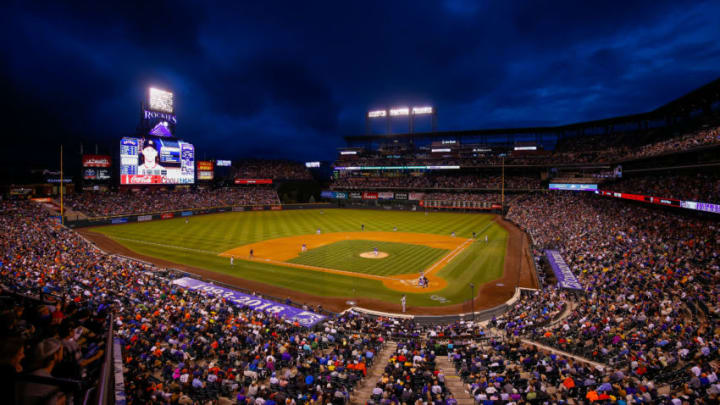
DENVER – In a game in September, Colorado Rockies legend Matt Holliday smoked a ball opposite field that would’ve ended up tying the game on a ball that landed in the bullpen. Instead, the ball hit the “Bridich Barrier” and, unlike his first stint in Denver, it was a double and the Rockies couldn’t plate him.
Now stories have been done on the Bridich Barrier and its impacts and if it has hurt or helped the Colorado Rockies. If you’re unfamiliar, the Rockies raised the right-center field fence from 8-feet-9-inches to 16-feet-6-inches while also taking the corner in left field and making it five feet higher at 13 feet.. The more noticeable change is the one in right due to its length from near dead center all the way to straightaway right where it meets the out of town scoreboard.
I’m of the belief that, if you look at the pitching success of the past three years and the organizational shift towards focusing on the pitchers, the barrier has only helped.
This article is not about that. This article is a brain storm and I’d love to hear your ideas as well.
My question: how could the Rockies change Coors Field’s dimensions to make it better, worse or more pinball-y?
